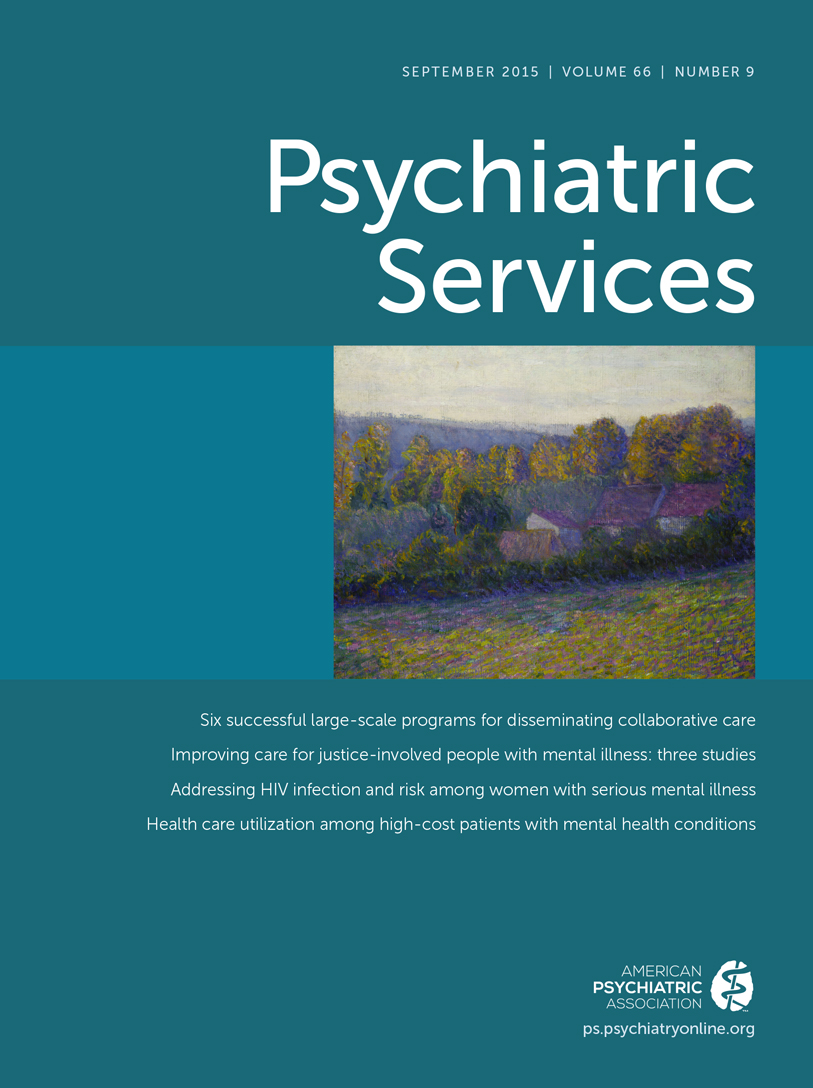Classifying Psychopathology: Mental Kinds and Natural Kinds
A number of prominent psychiatrists, including some directors of the National Institute of Mental Health, have suggested that psychiatry has been stuck for decades in researchers’ effort to find new etiological agents and significant new categories of treatment because of the way the Diagnostic and Statistical Manual of Mental Disorders has divided up psychopathology. Can philosophy help us get unstuck? More specifically, can we get unstuck by conceptualizing psychopathology into “natural kinds”?
“Natural kinds” means a grouping not based on artifice. For example, the elements found in nature, such as copper, are seen as a natural kind. Natural kinds lack arbitrariness. In contrast, DSM-5 describes schizophreniform disorder with an arbitrary duration definition of greater than 30 days and less than 180 days; this definition, then, is not a natural kind. Even to indicate the intoxication level of an inhalant, which may appear to involve a natural entity, the DSM-5 criteria have an arbitrary quality, in this case calling for at least two of 13 signs.
Given that DSM’s entities, virtually all of which are syndromes, are not natural kinds, can we agree that certain mental signs are natural kinds? This book does not examine all possible mental signs, but it does look at delusion in some detail and notes that delusions are culturally defined. Does a cultural definition negate the possibility of a natural kind?
More broadly, can we say that mental illness is a natural kind? Is there some natural essence to the concept of mental illness? From several philosophical views presented in this book, there appears to be no essence.
What this book does not address is the empirical question of whether individuals and societies benefit from the concept of mental illness. Mathematics might not meet the definition of natural kind, but it is enormously useful. Can we say the same for the concept of “mental illness”?
This book’s 12 authors present many diagnostic distinctions and insightful historical DSM themes. Hopefully, there is a reader who can use this background to help psychiatry become unstuck.



